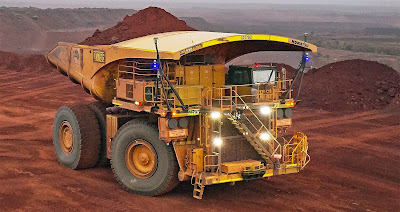After noting that we had at a conservative count, 40 different investments, I thought it'd be a good idea to do a review of all of them to see what makes sense and what doesn't. Maybe my readers will learn about some interesting investments too. Or about what not to invest in. Each post will look at one type of investment starting with diversified funds. Shares of net worth don't include our house in net worth.
Unisuper Balanced Fund. Share of net worth: 10.02%. IRR: 10.64%. This is my employer superannuation fund. I think in theory we could have contributions made to another fund instead but then they would only pay the 9.5% (of salary p.a.) superannuation guarantee instead of 17%! What I do have an option to do is to switch to other investment options within Unisuper. I also think I could rollover the investment into another fund such as our SMSF. The balanced fund is diversified across Australian stocks (33%), international equities (27%), bonds (30%), property (5%), and infrastructure and private equity (5%). It is one of the better performing balanced super funds in Australia. I used to invest more aggressively by investing in the growth option instead. Unless our SMSF outperforms strongly, I'm inclined to leave this as it is.
PSS(AP) Balanced Fund. Share of net worth: 9.16%. IRR: 9.41%. This is Moominmama's employer superanniation fund. It's not quite as well-performing as Unisuper. They only offer four investment options now. There used to be more. They provide even less information about their investments than Unisuper do. Generally, it's amazing how little information most Australian fund managers provide compared to U.S. fund managers. The fund is allocated across equities (56%), bonds (18%), hedge funds (15%), and real assets (11%). I think there is a similar condition on fund choice.
Colonial First State Diversified Fund. Share of net worth: 3.12%. IRR: 10.31%. I contribute automatically AUD 500 into this fund each month. Before rolling over my CFS superannuation account into our SMSF we had a lot of superannuation invested in this fund too. There isn't really a strong justification for holding this fund, especially given the 20% of net worth that we have invested in the two superannuation funds above. Selling would mean a capital gains tax bill, but I'm really not sure why I am continuing to put money into the fund. The CGT bill would actually not be that big as the distributions have been taxed all along the way. The fund is allocated 30% to Australia shares, 20% to global shares, 30% to bonds, 5% to property securities, 5% to infrastructure securities, and 10% to "real return". It has returned 7.78% p.a. in the last ten years to March, which is less than our portfolio return.
CREF Social Choice. Share of net worth: 1.66%. IRR: 13.33%. This fund is 40% U.S. stocks, 20% rest of the world stocks, and 40% bonds with an ESG overlay. I use this as the core fund in my former U.S. employer retirement fund (403b account). Apparently, my market timing since 2002 when I first invested in this fund has paid off to boost the IRR. I have been both more aggressive and more conservative in the allocation in this account. It has returned 8.33% in the last ten years and outpaced the relevant Morningstar benchmarks. The question is whether to be more aggressive in this account and shift to the Global Equities option instead.
Ruffer Investment Company (RICA.L). Share of net worth: 0.97%. IRR: Too new. This is an extremely new investment that plays more of the role of a hedge fund in the portfolio. But as it doesn't use shorting or charge a performance fee I've classified it as a diversified fund. The allocation is 9% U.S. stocks, 31% rest of the world equities, 39% bonds (mostly index linked), 8% gold, and 13% in what they describe as "illiquid strategies" and options. The illiquid strategies seem to be hedge funds specialising in mitigating tail risk. I'm counting this part of the fund towards our hedge fund allocation.


















